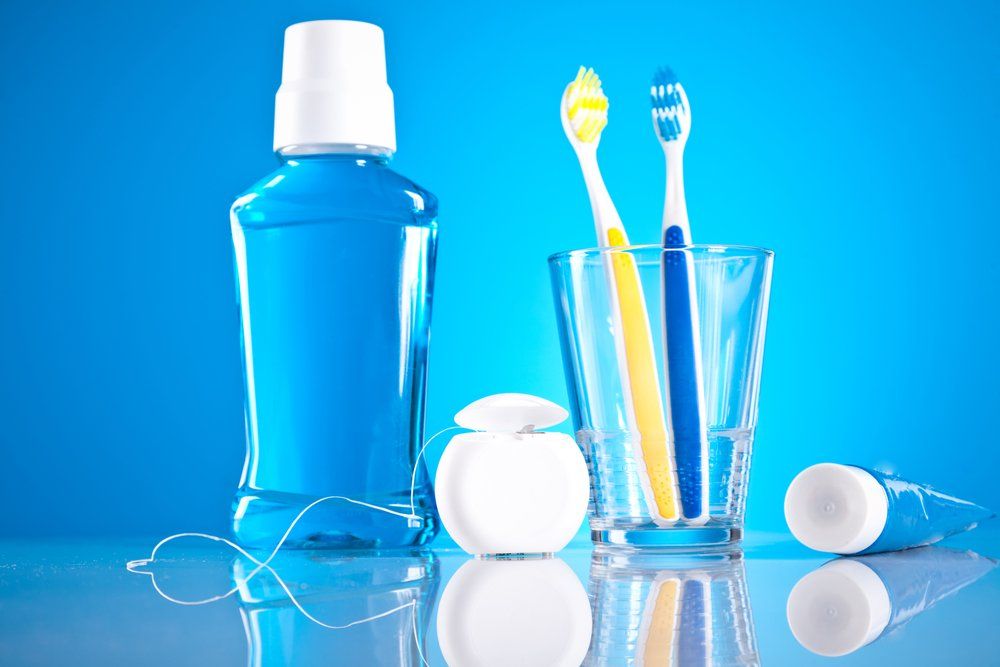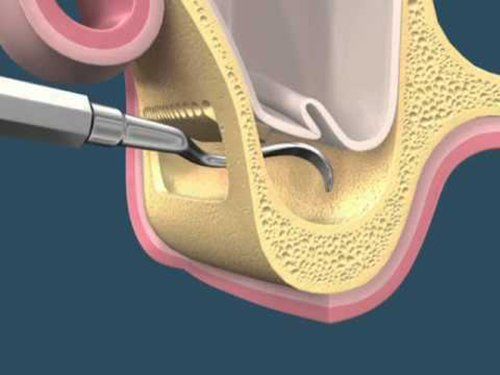
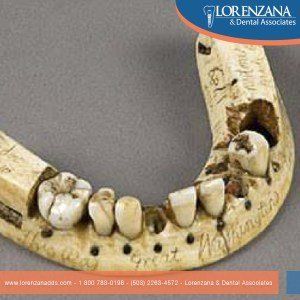
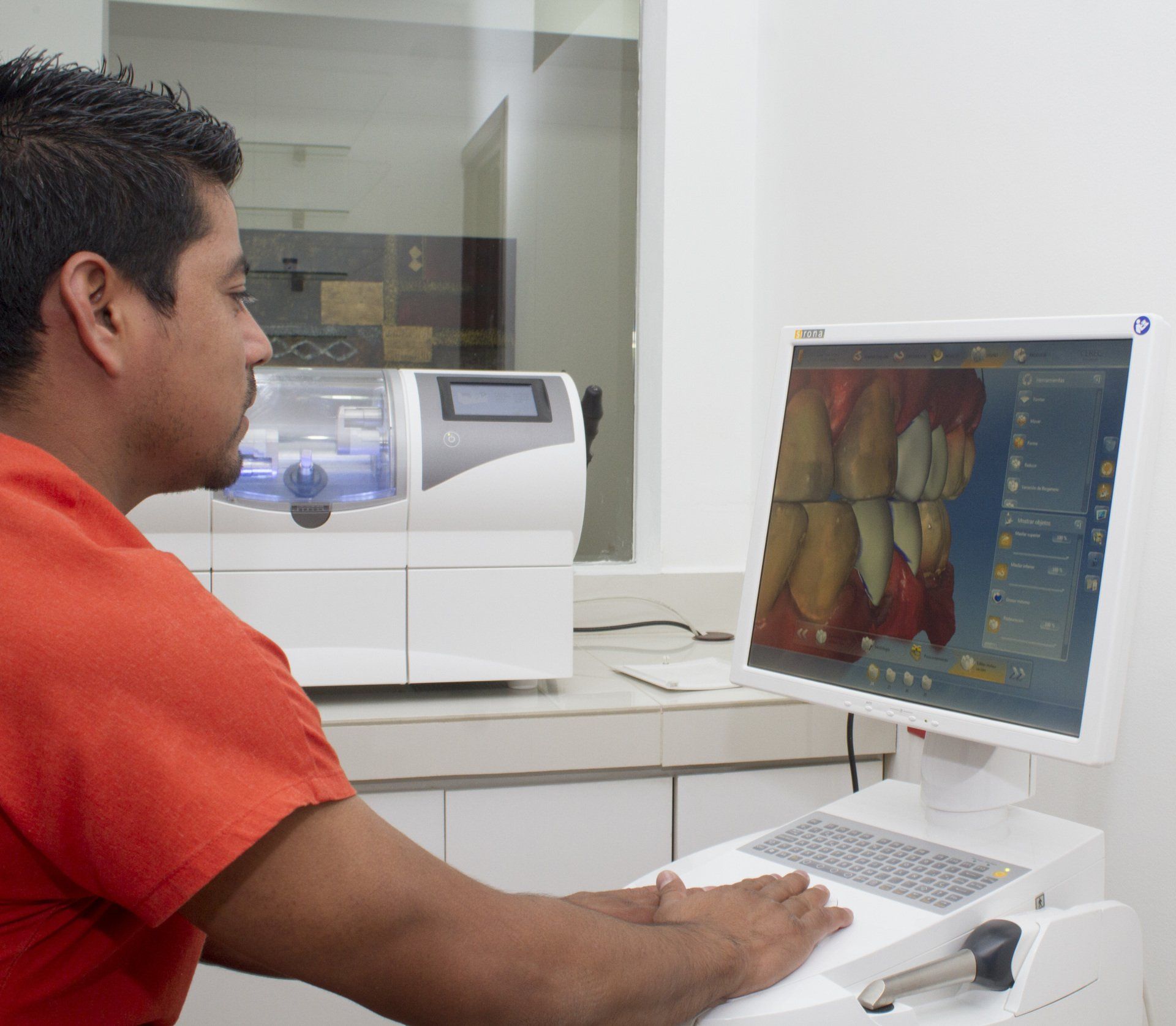
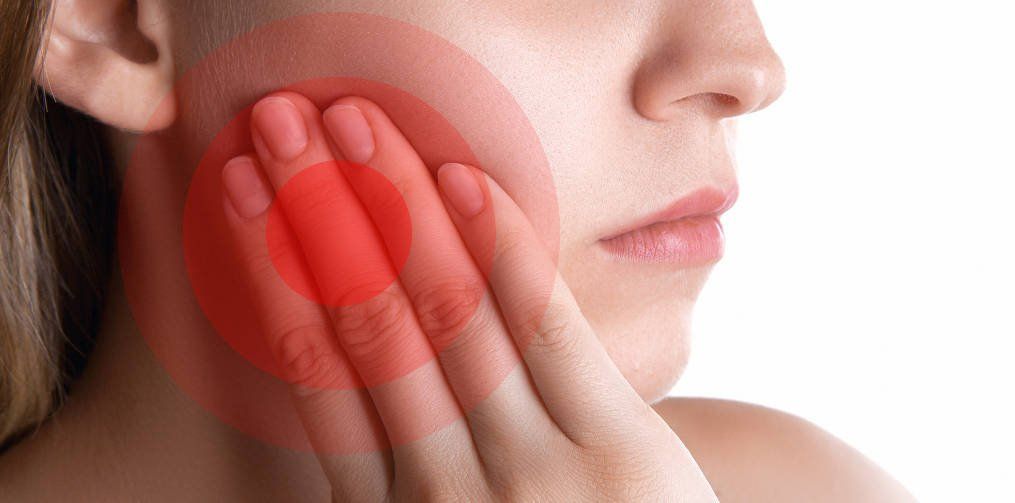
The following case report discusses the rehabilitation of a complete edentulous mandibular arch with an implant retained mandibular over denture. Clinical significances:Implant retained fixed or removable prostheses are good treatment options in patients who have a compromised edentulous foundation.
The complete removable maxillary and mandibular denture is the classical treatment plan for the edentulous patient. The fabrication of complete removable denture that offers patient comfort, function and esthetic harmony along with stability and retention remains one of the most challenging procedures in dentistry. The mandibular denture as compared with maxillary counterpart poses a great technical challenge for the dentist and often a significant management challenge for the patient due to lack of sufficient retention. So, prosthetically maladaptive patients can be treated with implant retained fixed or removable prostheses.1
Overdentures have been shown to improve the quality of life for edentulous patient and to contribute significantly to the well-being of patient psychology. Patients have reported increased satisfaction with implant retained overdentures than conventional complete dentures.2. Advantages of mandibular overdentures are as follows: as few as two to four implants may be used for support, good stability, good retention, improved function, improved esthetics, reduced residual ridge resorption, simplest implant retained prosthesis,possible incorporation of existing denture into new prosthesis.3,4 This clinical report describes prosthetic rehabilitation of a partially edentulous patient with implant retained mandibular overdentures.
Edentulism is a significant health problem. Data indicates significant increases in patient satisfaction with mandibular implant overdenture treatment when compared with conventional denture treatment. In this clinical report, by the fabrication of the implant retained overdenture (OD 1), it was possible to economically yet effectively rehabilitate a 60-year-old female patient with functionally efficient,esthetic and retentive denture.
Source http://www.jaypeejournals.com/eJournals/ShowText.aspx?ID=2198&Type=PAID&TYP=TOP&IN=_eJou...
La elección de una prótesis adecuada para un caso específico está determinado en gran medida por el hueso residual subyacente, así como la mucosa. Igualmente importante son las expectativas y demandas de la paciente de la prótesis. El siguiente caso se analiza la rehabilitación de un arco mandibular edéntula completa con un implante mandibular retenida sobre la dentadura.
Significado Clínico: Prótesis fija implantosoportada o prótesis removibles son buenas opciones de tratamiento en los pacientes que tienen una fundación desdentado comprometida.
La dentadura maxilar y mandibular completa removible es el plan de tratamiento clásico para el paciente desdentado. La fabricación de prótesis removible completa que ofrece la comodidad del paciente, la función y la armonía estética junto con la estabilidad y la permanencia sigue siendo uno de los procedimientos más difíciles en la odontología. La dentadura inferior en comparación con su homólogo maxilar plantea un gran desafío técnico para el dentista y, a menudo un desafío de gestión importante para el paciente debido a la falta de retención suficiente. Así, protésicamente pacientes de mala adaptación pueden ser tratados con implante retenido fijo o extraíble prostheses.1
Sobredentaduras se ha demostrado para mejorar la calidad de vida de los pacientes desdentados y contribuir significativamente al bienestar de la psicología del paciente. Los pacientes han reportado mayor satisfacción con sobredentaduras implantosoportadas retenido que dentures.2 completa convencional. Ventajas de sobredentaduras mandibulares son los siguientes: tan sólo dos a cuatro implantes se pueden utilizar para el apoyo, buena estabilidad, buena retención, mejora de la función, estética mejorada, reducción de la reabsorción reborde residual, implante de prótesis retenida simple, posible incorporación de prótesis existente en nueva prosthesis.3,4 Este informe clínico describe la rehabilitación protésica de un paciente parcialmente desdentado con prótesis retenidas sobredentaduras mandibulares.
El edentulismo es un problema de salud significativo. Los datos indican un aumento significativo en la satisfacción del paciente con el tratamiento sobredentadura implante mandibular en comparación con el tratamiento con prótesis convencional. En este informe clínico, por la fabricación del implante retenido sobredentadura (OD 1), era posible todavía económicamente rehabilitar efectivamente una paciente de 60 años de edad, con funcionalmente eficiente, estética y prótesis retentiva.
Source http://www.jaypeejournals.com/eJournals/ShowText.aspx?ID=2198&Type=PAID&TYP=TOP&IN=_eJou...
